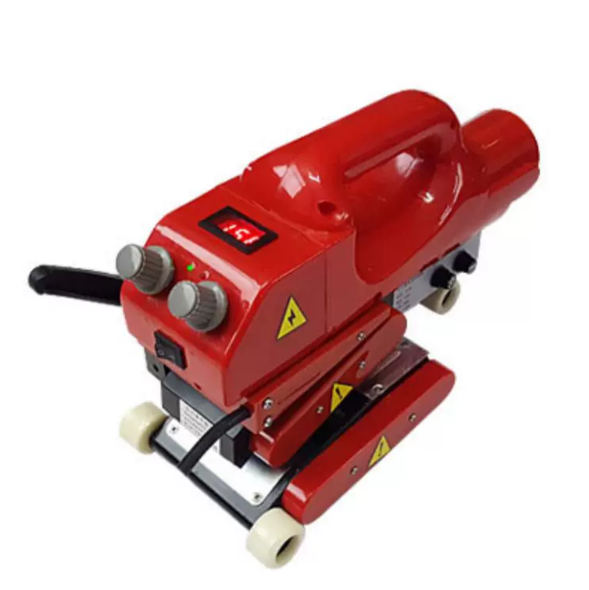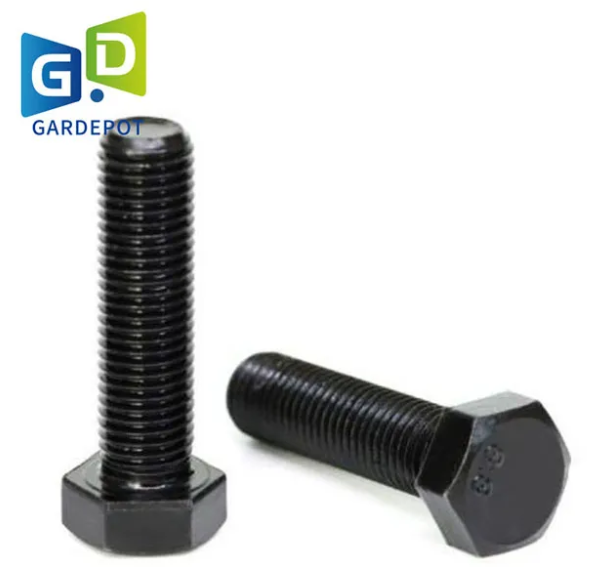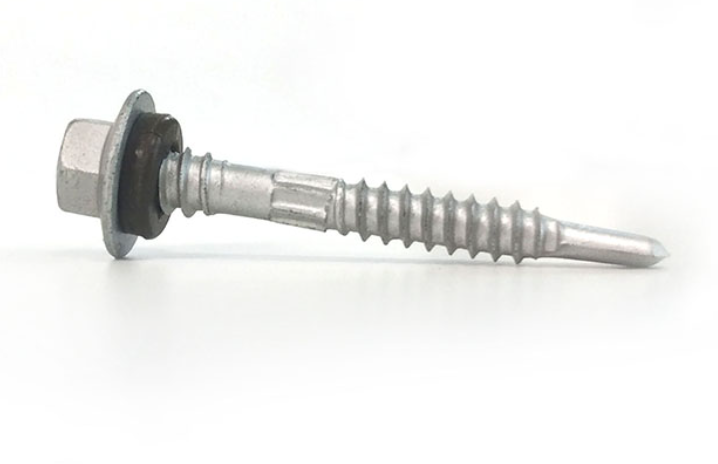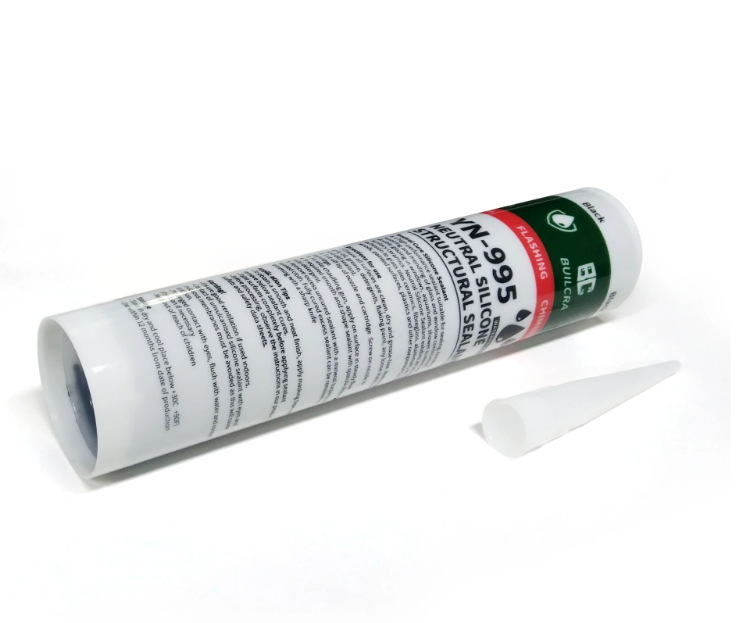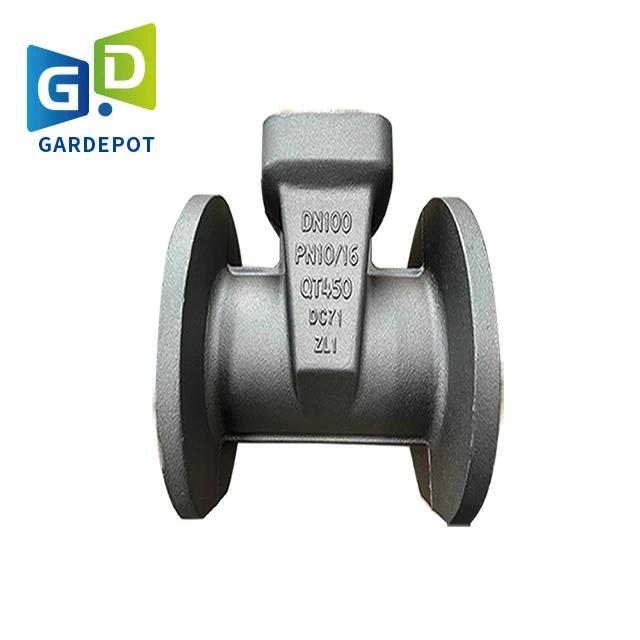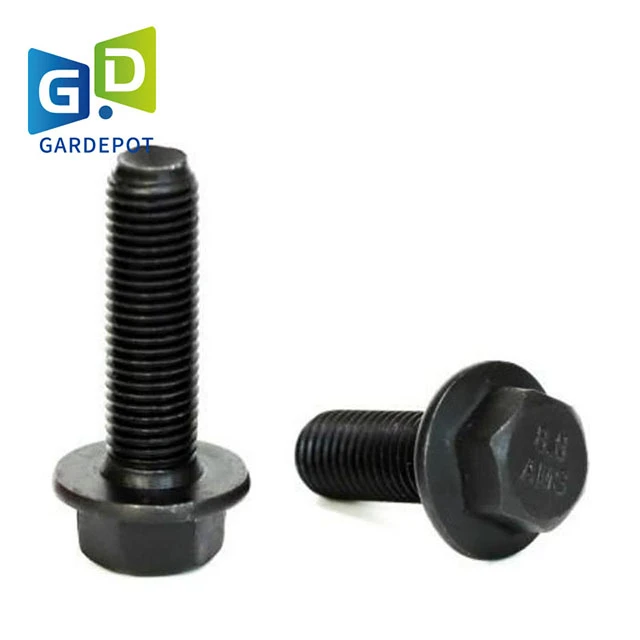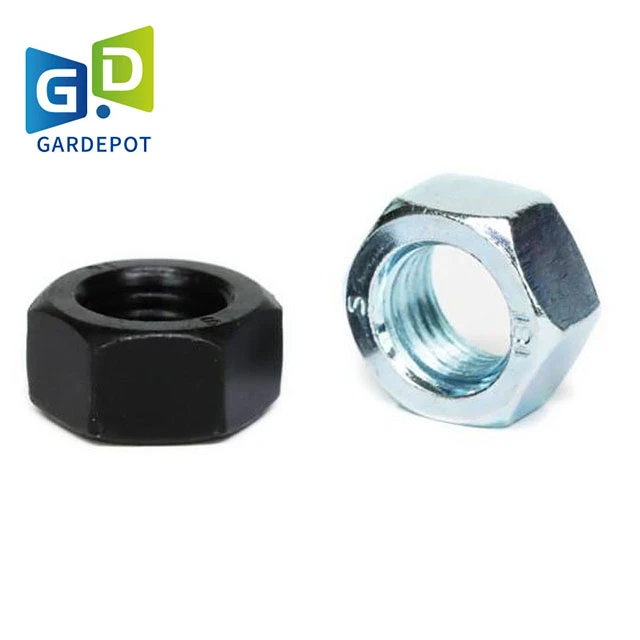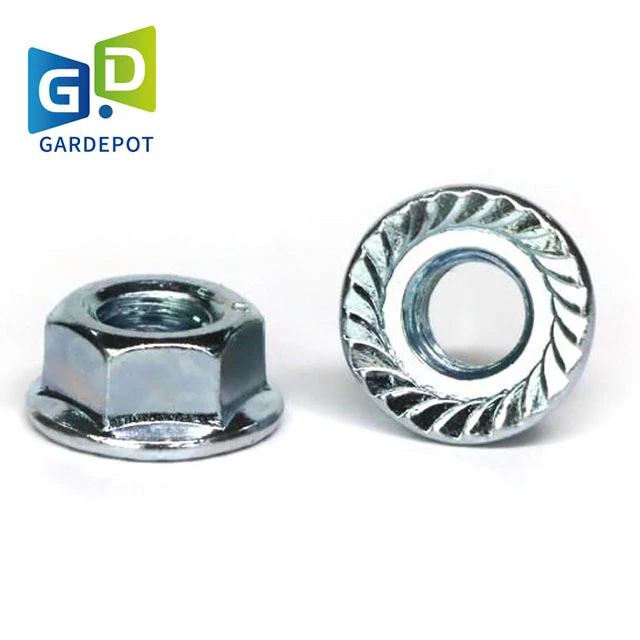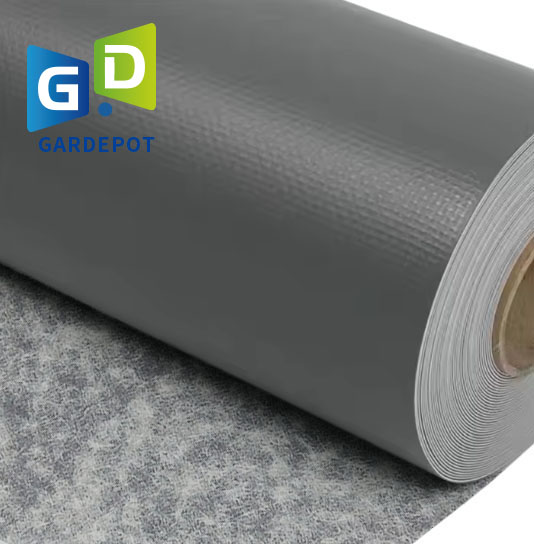TPO Waterproof Membrane: Durable, Flexible & Superior Sealing
The Evolution of Waterproofing: An Introduction to TPO Membranes
In the rapidly evolving landscape of construction and infrastructure, the demand for high-performance waterproofing solutions is paramount. Thermoplastic Polyolefin (TPO) membranes have emerged as a leading material, offering a superior balance of durability, flexibility, and environmental benefits. This article delves into the technical intricacies, application versatility, and strategic advantages of tpo waterproof membrane systems, addressing the critical needs of B2B stakeholders including engineers, architects, and procurement specialists.
Specifically engineered for robust performance in diverse and demanding environments, TPO waterproofing systems represent a significant advancement over traditional materials. Their unique composition provides exceptional resistance to UV radiation, chemical exposure, and extreme weather conditions, making them ideal for long-term protection of critical assets.
Industry Trends Shaping TPO Waterproofing
The global waterproofing market is experiencing significant growth, driven by an increasing focus on sustainable construction practices, stricter building codes, and the imperative for long-lasting infrastructure. Key trends influencing the adoption of TPO waterproofing include:
- Sustainable Building Initiatives: The push for green building certifications like LEED mandates the use of energy-efficient and environmentally friendly materials. TPO membranes, particularly their cool-roof properties, contribute significantly to energy savings by reflecting solar radiation.
- Durability and Longevity: Asset owners demand materials with extended service lives to minimize maintenance costs and reduce lifecycle environmental impact. The inherent robustness of the tpo waterproof membrane addresses this directly.
- Advanced Application Techniques: Innovations in installation methods, such as induction welding and wider membrane rolls, are reducing labor costs and enhancing project efficiency, making TPO waterproofing systems more competitive.
- Performance in Extreme Climates: As climate volatility increases, there's a heightened need for waterproofing solutions that can withstand severe thermal cycling, high winds, and heavy precipitation. TPO's flexibility and seam strength are critical advantages.
These trends underscore the growing importance of advanced materials like tpo waterproofing in safeguarding investments across diverse sectors.
Manufacturing Process of High-Performance TPO Waterproof Membranes
The production of a tpo waterproof membrane is a sophisticated process, meticulously controlled to ensure consistent quality and performance. Understanding this process is key to appreciating the material's superior characteristics.
Key Materials and Composition:
- Polypropylene (PP) and Ethylene-Propylene Rubber (EPR/EPDM): The core polymers that provide the membrane's flexibility, durability, and weather resistance. The blend ratio is crucial for specific performance profiles.
- Reinforcing Scrim: Typically polyester fabric, strategically incorporated to enhance tensile strength, tear resistance, and dimensional stability, preventing shrinkage or expansion.
- Fillers and Stabilizers: Additives such as flame retardants, UV stabilizers, and antioxidants are carefully selected to optimize long-term performance against environmental degradation and fire hazards.
Manufacturing Process Flow:
- Raw Material Blending: Precisely measured PP, EPR, fillers, and additives are fed into a high-intensity mixer to achieve a homogenous compound. This step is critical for consistent product properties.
- Extrusion: The blended compound is then fed into an extruder, where it is melted and pushed through a die to form a continuous sheet. Temperature control and screw speed are precisely regulated to prevent polymer degradation.
- Calendering/Lamination: The extruded sheet is passed through a series of heated rollers (calendering) to achieve the desired thickness and surface finish. For reinforced membranes, the polyester scrim is laminated between two layers of TPO, ensuring robust adhesion and structural integrity. This process is analogous to forging in metals, where material properties are enhanced through controlled deformation.
- Cooling and Trimming: The heated membrane is cooled rapidly and uniformly to stabilize its dimensions. Precision CNC machining-like trimmers then cut the membrane to specified widths.
- Quality Control and Testing: Throughout the process, samples are rigorously tested. Key parameters include thickness, width, tensile strength (ASTM D751), tear resistance (ASTM D624), puncture resistance (ASTM D4833), and weathering resistance (ASTM G155). Compliance with international standards such as ISO 9001 for quality management and ASTM E108 for fire resistance is non-negotiable.
- Rolling and Packaging: Finished membranes are rolled onto cores, inspected for any surface imperfections, and securely packaged for shipment.
Advantages in Typical Application Scenarios:
For industries like petrochemical and metallurgy, the inherent corrosion resistance of tpo waterproofing systems is invaluable, protecting critical infrastructure from chemical attack. In water supply & drainage, its non-toxic nature and robust seam integrity ensure long-term containment. Furthermore, the material's reflective surface significantly contributes to energy saving in building envelopes by reducing cooling loads.
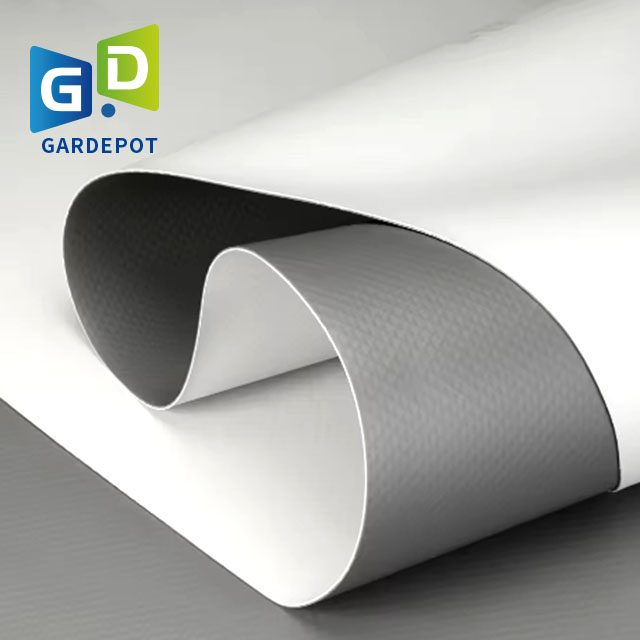
Figure 1: Automated production line for TPO membranes, ensuring consistent quality.
Technical Specifications and Performance Parameters
The performance of a tpo waterproof membrane is quantified by a range of technical specifications, which are crucial for engineers and specifiers to ensure suitability for project requirements. Our products adhere to stringent international standards, reflecting advanced tpo waterproofing membrane specifications.
Typical Product Specification Table:
| Parameter | Unit | Value (Typical) | Test Standard |
|---|---|---|---|
| Thickness | mm | 1.2, 1.5, 2.0 | ASTM D6878 |
| Width | m | 1.0, 1.5, 2.0 | Manufacturer Spec |
| Tensile Strength (MD) | N/50mm | ≥ 1100 | ASTM D751 |
| Elongation (MD) | % | ≥ 15 | ASTM D751 |
| Tear Resistance | N | ≥ 200 | ASTM D624 |
| Puncture Resistance | N | ≥ 300 | ASTM D4833 |
| Fire Resistance | Class | Class A (UBC 7-9) | ASTM E108 |
| UV Resistance | Hours | ≥ 5000 | ASTM G155 |
| Service Temperature Range | °C | -40 to +80 | Internal Testing |
These parameters are validated through rigorous internal and third-party testing, ensuring that each tpo waterproof membrane delivered meets or exceeds the specified performance criteria for your project.
Technical Advantages of TPO Waterproofing Systems
The adoption of tpo waterproofing systems is driven by a comprehensive suite of technical advantages that directly address the pain points associated with traditional waterproofing materials:
- Exceptional Durability and Longevity: TPO membranes are inherently resistant to weathering, ozone, and UV radiation, leading to a service life typically exceeding 20-30 years in exposed applications. The reinforced scrim further prevents tears and punctures.
- Superior Seam Strength: TPO sheets are hot-air welded, creating monolithic seams that are stronger than the membrane itself, virtually eliminating the most common point of failure in roofing systems.
- Chemical Resistance: The chemical inertness of TPO makes it resistant to a wide range of industrial chemicals, greases, and oils, crucial for installations in petrochemical, manufacturing, and food processing facilities. This is a significant advantage over PVC in specific chemical environments.
- Flexibility and Pliability: TPO maintains its flexibility across a broad temperature range (-40°C to +80°C), accommodating structural movements and thermal expansion/contraction without cracking or becoming brittle.
- Energy Efficiency (Cool Roof Properties): Light-colored TPO membranes reflect a high percentage of solar radiation, reducing heat absorption into buildings. This lowers cooling costs, mitigates urban heat island effects, and improves building energy performance.
- Environmentally Friendly: TPO contains no plasticizers (which can leach out) or chlorine, making it a more environmentally benign option compared to some other single-ply membranes. It is also recyclable.
- Ease of Installation: TPO's lightweight nature and wide rolls facilitate faster installation, reducing labor costs and project timelines. Hot-air welding is a cleaner and safer process than open flames used for modified bitumen.

Figure 2: TPO membrane being installed, showcasing its flexibility and robust seams.
Versatile Application Scenarios for TPO Waterproofing
The adaptability of tpo waterproofing allows for its effective deployment across a diverse range of critical applications:
- Commercial and Industrial Roofing: Ideal for flat and low-slope roofs on warehouses, factories, office buildings, and retail centers due to its durability, ease of installation, and energy efficiency.
- Green Roofs and Vegetated Systems: The robust puncture resistance and root barrier properties of the tpo waterproof membrane make it an excellent choice for green roofs, providing a reliable barrier against moisture while supporting vegetative layers.
- Water Containment (Ponds, Reservoirs, Canals): Its chemical resistance and non-toxic nature render it suitable for lining artificial ponds, irrigation canals, and non-potable water reservoirs in agricultural or industrial settings.
- Basement and Below-Grade Waterproofing: Offers reliable protection against groundwater infiltration in basement walls, foundation slabs, and tunnels, crucial for the long-term integrity of subterranean structures.
- Specialized Applications: Including airport runways, bridge decks, and other civil engineering projects where high performance under dynamic loads and environmental stresses is required.
In each scenario, the selection of appropriate tpo waterproofing membrane specifications is paramount, ensuring optimal performance tailored to the specific demands of the project environment.
Vendor Comparison: Selecting Your TPO Partner
Choosing the right supplier for your tpo waterproofing membrane is a strategic decision that extends beyond mere product cost. A comprehensive vendor comparison should evaluate several critical factors to ensure long-term value and project success.
Key Differentiators in TPO Membrane Suppliers:
- Material Composition & Quality: Verify the blend of polymers, type of reinforcement, and consistency of manufacturing processes. Inferior raw materials or inconsistent production lead to premature failure.
- Certifications & Compliance: Ensure the vendor’s products meet or exceed industry standards (e.g., ASTM, ISO, FM Global, UL). Certifications from reputable bodies attest to product quality and safety.
- Warranty and Guarantees: Evaluate the length and scope of product and system warranties. A reputable vendor stands behind their product for decades.
- Technical Support & Training: Access to expert technical assistance, installation guides, and contractor training programs is invaluable for successful project execution and problem-solving.
- Customization Capabilities: The ability to provide bespoke solutions (e.g., specific thicknesses, widths, colors, or specialized additives) for unique project requirements.
- Logistics & Supply Chain Reliability: Timely delivery is crucial for project schedules. Assess a vendor’s production capacity, lead times, and logistical network.
Comparative Analysis Table:
| Feature | Our Product (Gardepota) | Competitor A (Example) | Competitor B (Example) |
|---|---|---|---|
| Thickness Range (mm) | 1.2 - 2.0 (Customizable) | 1.0 - 1.8 | 1.2 - 2.0 |
| Reinforcement Type | Polyester Scrim (High Tensile) | Fiberglass Mat | Polyester Scrim (Standard) |
| UV Resistance (ASTM G155 Hrs) | ≥ 5000 | ≥ 4000 | ≥ 4500 |
| Certifications | ISO 9001, FM Global, CE, ASTM | ISO 9001, ASTM | ISO 9001, CE |
| Standard Warranty | 20 Years (Material) | 15 Years (Material) | 18 Years (Material) |
| Customization | High (Thickness, Width, Color) | Limited | Moderate |
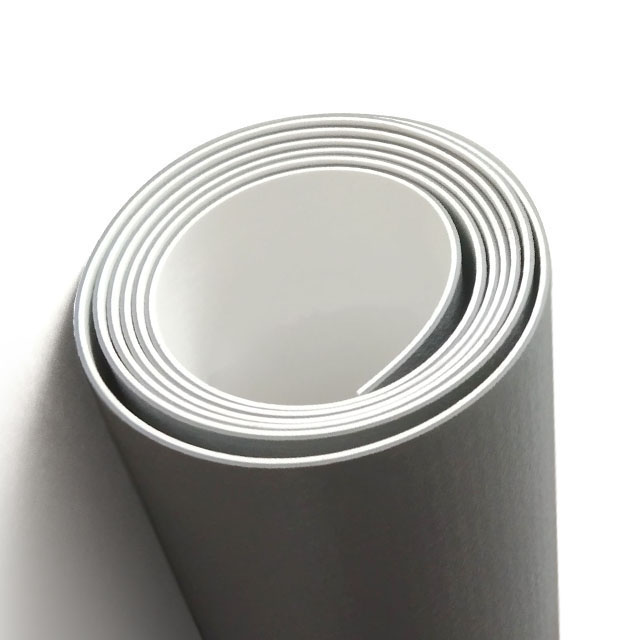
Figure 3: TPO membrane rolls ready for shipment, symbolizing global reach and reliability.
Customized Solutions for Specialized Waterproofing Needs
Recognizing that no two projects are identical, we specialize in providing customized tpo waterproof membrane solutions tailored to the precise demands of B2B clients. This bespoke approach ensures optimal performance, cost-efficiency, and adherence to specific project parameters.
Our engineering team collaborates closely with clients to define parameters such as:
- Specific Thickness Requirements: From 1.2mm for standard roofing to 2.0mm or more for high-traffic or extreme-environment applications.
- Roll Widths and Lengths: Optimized for faster installation and reduced seaming, minimizing waste and labor costs on large commercial sites.
- Color Matching: For aesthetic integration or to meet specific solar reflectance index (SRI) values required by green building codes.
- Enhanced Chemical Resistance: Formulations can be adjusted to resist particular aggressive chemicals prevalent in industrial settings.
- Integrated Accessories: Providing pre-fabricated corners, pipe boots, and flashing details that match the membrane, ensuring a seamless, leak-proof system.
This commitment to customized tpo waterproofing systems ensures that our clients receive a solution that is not just adequate, but perfectly optimized for their unique challenges.
Application Case Studies: Proven Performance
Our tpo waterproof membrane has been successfully deployed in numerous demanding projects globally, demonstrating its robust performance and long-term reliability. Below are examples showcasing its application across target industries:
-
Petrochemical Facility Roof Restoration
Client: Major Asian Petrochemical Corporation
Challenge: An aging bitumen roof on a critical processing plant was degrading rapidly due to chemical fumes and extreme thermal cycling, posing a risk of leaks and operational disruptions. The client required a solution with superior chemical and weather resistance, minimal disruption during installation, and a long service life.
Solution: We supplied a 1.8mm thick, reinforced tpo waterproof membrane system, customized for enhanced chemical resistance. The lightweight membrane and hot-air welding process allowed for installation over the existing roof, significantly reducing downtime and waste.
Outcome: The new TPO roof system provided a completely sealed, chemically resistant, and highly reflective surface. The client reported a noticeable reduction in indoor temperatures, leading to energy savings, and a projected service life exceeding 25 years, eliminating the need for frequent, costly repairs. -
Metallurgy Plant Containment Pond
Client: Leading European Steel Manufacturer
Challenge: A large industrial wastewater containment pond required re-lining. The liner needed to withstand harsh acidic and alkaline effluents, high temperatures, and continuous UV exposure. Strict environmental regulations demanded a leak-proof and durable solution.
Solution: A 2.0mm highly reinforced tpo waterproof membrane with specialized chemical resistance additives was chosen. Large pre-fabricated panels were utilized to minimize field seams, and our technical team provided on-site supervision for welding quality assurance.
Outcome: The TPO liner demonstrated exceptional resistance to the corrosive environment, providing a secure, long-term containment solution that fully complied with environmental standards. The hot-air welded seams maintained their integrity under all operational conditions. -
Municipal Water Treatment Facility Roof
Client: North American City Water Department
Challenge: The extensive roof of a vital water treatment plant suffered from persistent leaks and was nearing the end of its lifespan. The primary concerns were ensuring watertight integrity over sensitive equipment, energy efficiency, and a non-toxic, sustainable material.
Solution: A white, 1.5mm reinforced tpo waterproof membrane was installed. Its highly reflective surface was a key factor in qualifying for local energy efficiency incentives. The TPO system’s robust seams and puncture resistance provided critical protection for the facility.
Outcome: The facility achieved a completely leak-free roof with significantly improved thermal performance, reducing energy consumption for climate control. The project contributed to the city's green initiatives and provided a durable solution with minimal environmental impact.

Figure 4: A green roof application utilizing TPO waterproofing for sustainable urban development.
Quality Assurance, Certifications, and Industry Authority
Our commitment to excellence is underpinned by rigorous quality assurance protocols and adherence to the highest industry standards. As a leading provider of tpo waterproof membrane solutions, we prioritize transparency and verifiable performance.
Certifications and Compliance:
- ISO 9001 Certified: Our manufacturing facilities and processes comply with the internationally recognized ISO 9001 Quality Management System, ensuring consistent product quality and continuous improvement.
- ASTM, ANSI, and European Standards: Our tpo waterproofing membrane specifications meet or exceed relevant ASTM (e.g., D6878), ANSI, and European (e.g., EN 13956) performance criteria, validated by independent testing laboratories.
- FM Global and UL Approvals: Many of our products carry FM Global and UL listings for fire resistance and wind uplift, critical for ensuring the safety and insurability of commercial and industrial roofs.
- Environmental Certifications: Our TPO membranes contribute to green building certifications (e.g., LEED, Green Globes) through their high solar reflectance and use of non-toxic materials.
With over 15 years of dedicated service in the waterproofing industry, we have cultivated a robust portfolio of successful partnerships with leading contractors, architects, and engineering firms worldwide. Our extensive experience and authoritative references provide clients with the assurance of a reliable and high-performing product.
Frequently Asked Questions (FAQ)
Common Inquiries About TPO Waterproofing:
Q1: What is the typical service life of a tpo waterproof membrane?
A1: With proper installation and maintenance, our TPO membranes are engineered to provide a service life of 20 to 30 years, often exceeding these projections in favorable conditions due to their inherent UV and weathering resistance.
Q2: Is TPO suitable for extreme climate conditions?
A2: Yes, TPO membranes exhibit excellent flexibility and stability across a wide temperature range, typically from -40°C to +80°C, making them highly effective in diverse climatic zones, from arid deserts to freezing tundras.
Q3: How does TPO compare environmentally to other waterproofing materials?
A3: TPO is considered an environmentally friendly option. It does not contain plasticizers or chlorine, which can be found in some PVC membranes, making it non-toxic. Its cool-roof properties significantly reduce building energy consumption, and TPO materials are often recyclable at the end of their service life.
Q4: What are the primary installation methods for TPO membranes?
A4: TPO membranes can be installed using mechanical fastening, full adhesion, or ballasting. Hot-air welding is the standard method for joining seams, creating a monolithic, watertight surface. We provide comprehensive installation guides and training.
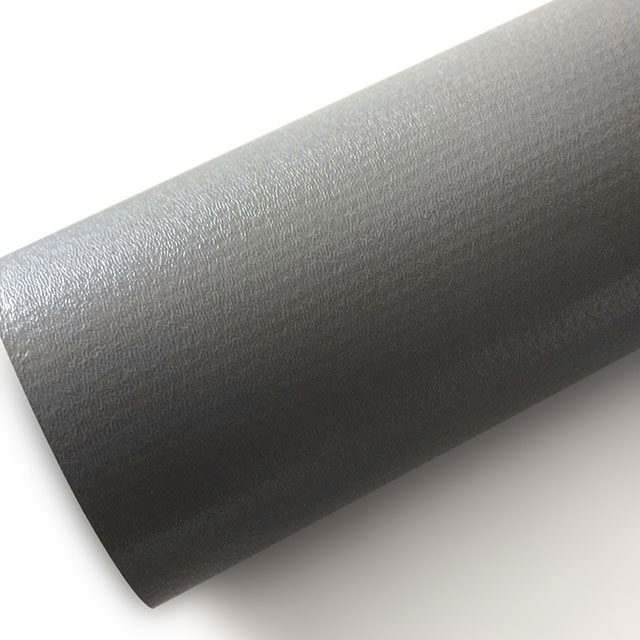
Figure 5: A team of experts providing technical support and on-site guidance.
Lead Time, Fulfillment, and Warranty Commitments
We understand the critical importance of timely delivery and robust after-sales support for B2B projects. Our operational framework is designed to ensure efficiency and reliability from order placement to post-installation service.
Lead Time and Fulfillment:
Typical lead times for standard tpo waterproof membrane products range from 2 to 4 weeks, depending on order volume and current production schedules. For customized solutions or large-scale projects, specific timelines are agreed upon during the consultation phase. Our expansive production capacity and global logistics network enable efficient fulfillment and delivery to project sites worldwide.
Warranty Commitments:
We offer comprehensive material warranties ranging from 15 to 25 years, depending on the product thickness and specific application. Extended system warranties, covering both materials and installation when applied by certified contractors, are also available. Full warranty details are provided with each quotation and product specification sheet.
Customer Support and After-Sales Service:
Our dedicated customer support team and technical specialists are available to assist with product selection, installation guidance, and troubleshooting. We provide:
- Pre-Sales Consultation: Expert advice on tpo waterproofing membrane specifications and system design.
- On-Site Technical Assistance: For complex installations or specific project challenges, our engineers can provide direct support.
- Training Programs: For contractors and installation teams to ensure proper application techniques and maximize product performance.
- Post-Installation Support: Ongoing support for maintenance, inspection, and any warranty-related inquiries.
This holistic support ensures that your investment in tpo waterproofing delivers sustained value and peace of mind.
Conclusion
The tpo waterproof membrane stands as a testament to advanced material science and engineering, offering unparalleled performance, durability, and environmental benefits for modern construction and infrastructure. Its versatility in application, coupled with stringent manufacturing standards and comprehensive support, makes it the preferred choice for discerning B2B decision-makers and engineers.
By choosing high-quality tpo waterproofing systems, stakeholders can secure long-term protection for their assets, reduce operational costs, and contribute to sustainable building practices. We invite you to explore our solutions and partner with us to achieve superior waterproofing results for your next project.
References
- ASTM International. (n.d.). Standard Specification for Thermoplastic Polyolefin (TPO) Based Sheet Roofing. Retrieved from astm.org
- ISO. (n.d.). ISO 9001 - Quality management. Retrieved from iso.org
- National Roofing Contractors Association (NRCA). (n.d.). TPO Roofing. Retrieved from nrca.net
- Cool Roof Rating Council (CRRC). (n.d.). Products Directory. Retrieved from coolroofs.org
- The Construction Specifier. (n.d.). TPO Roofing: The Next Generation. Retrieved from constructionspecifier.com



